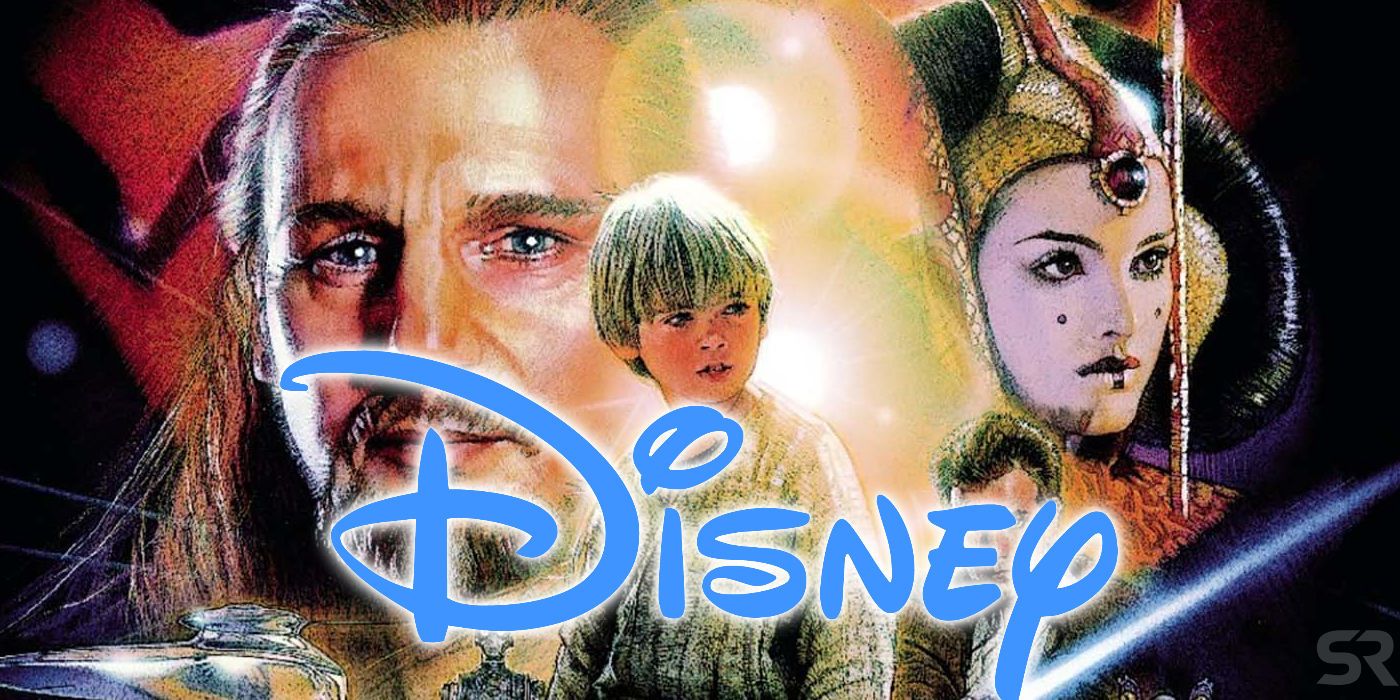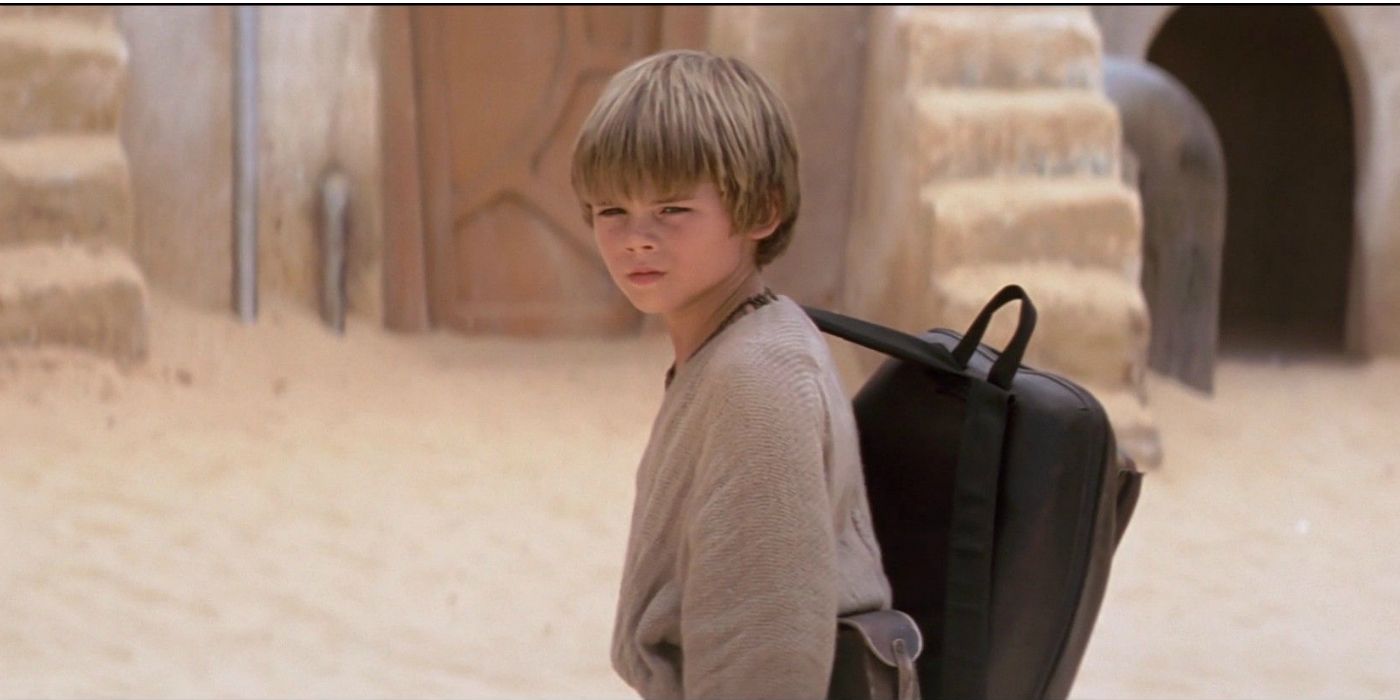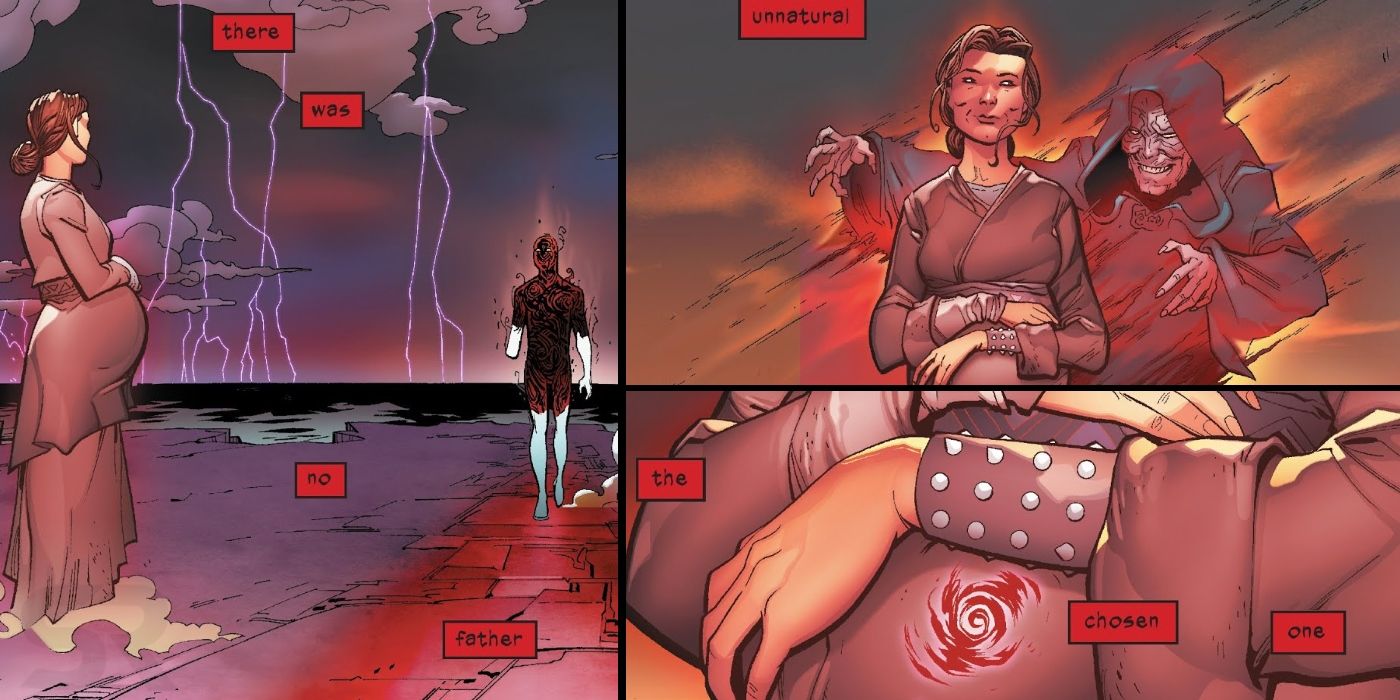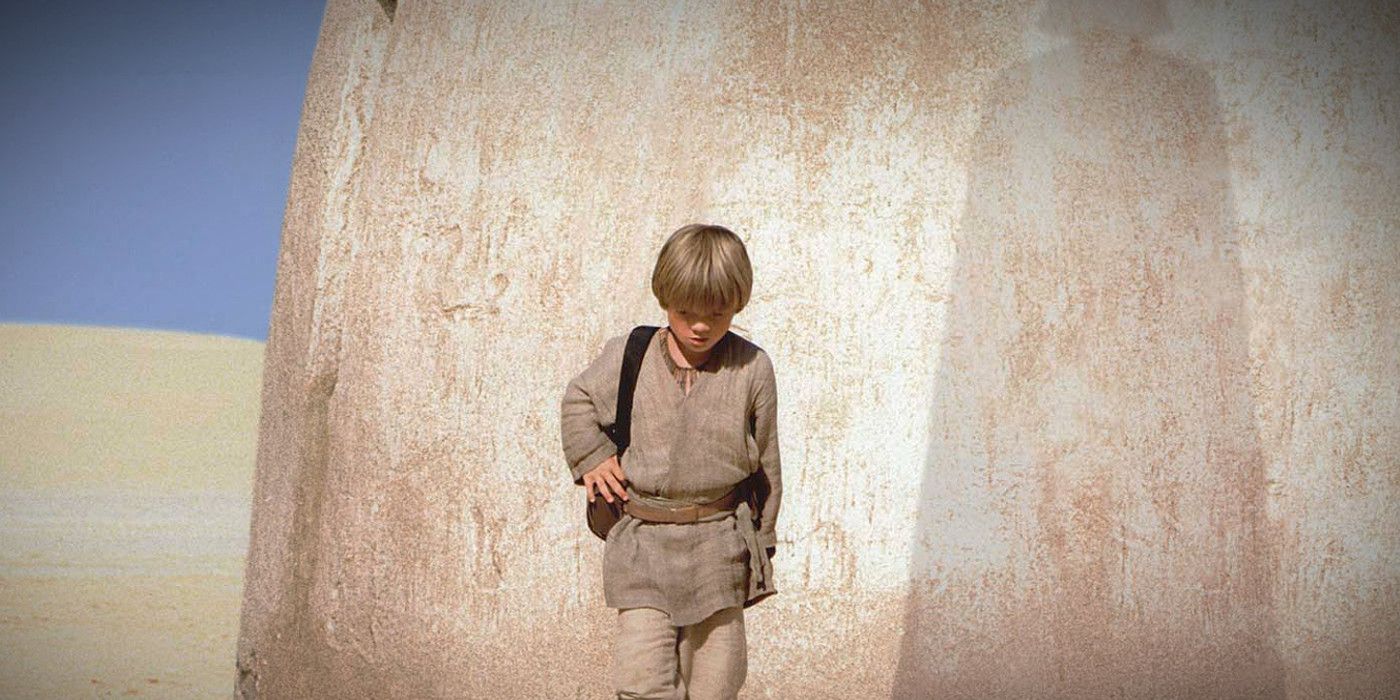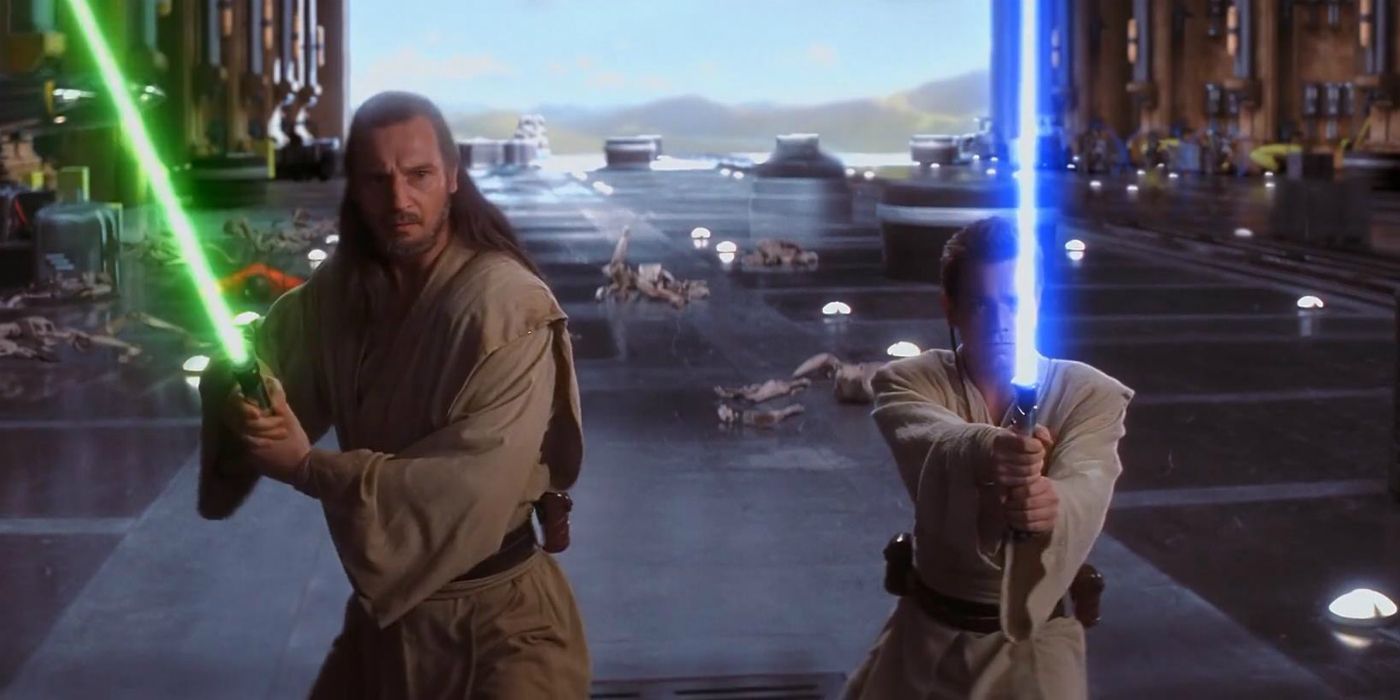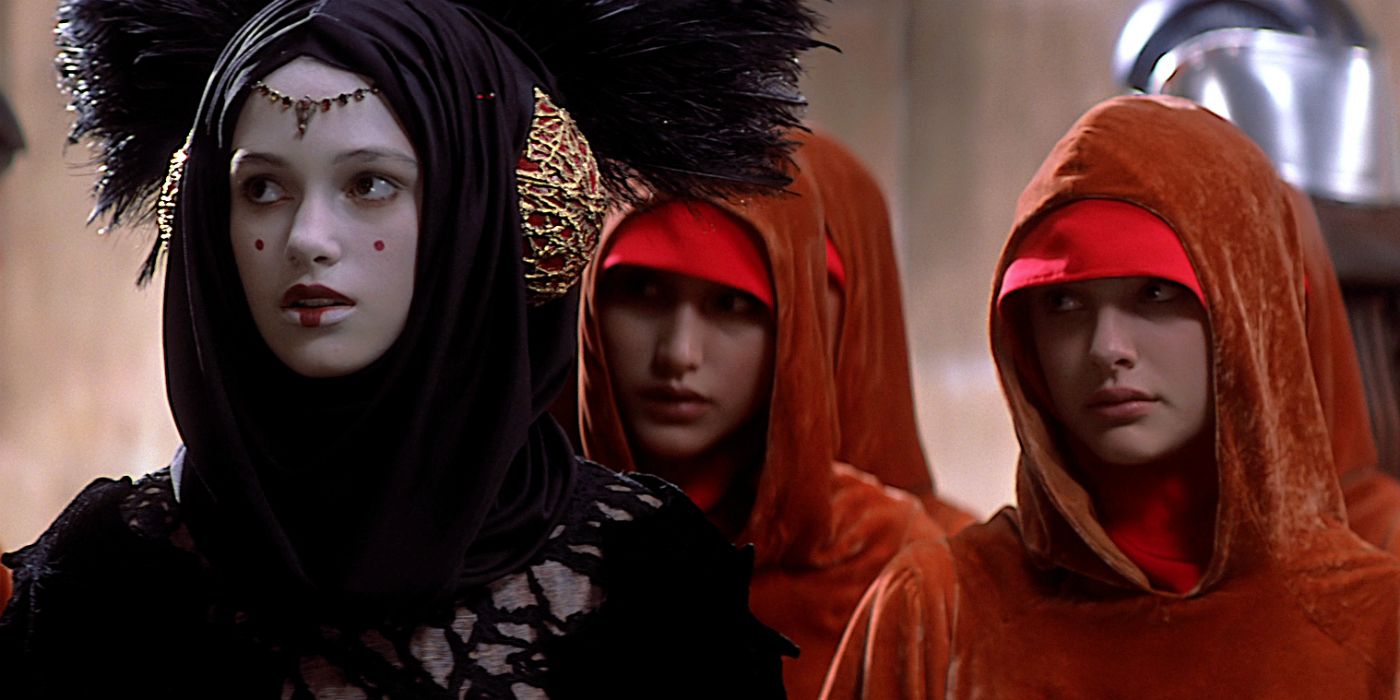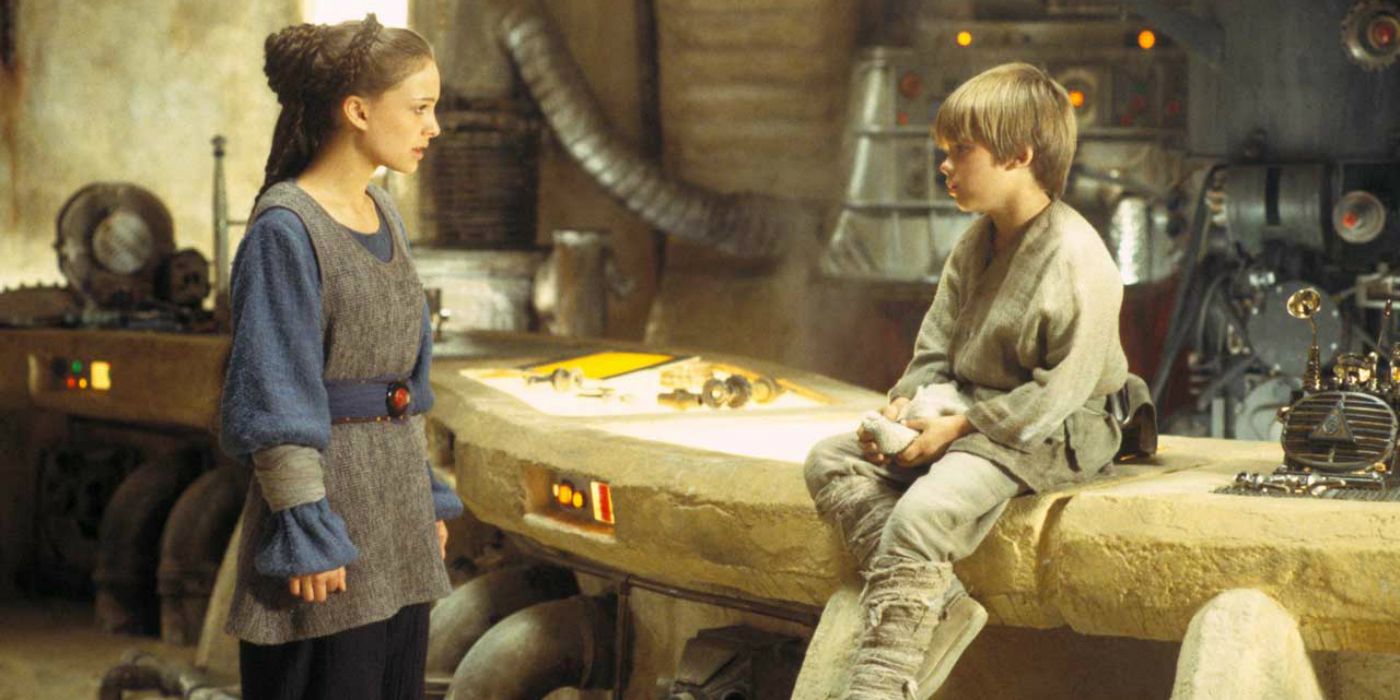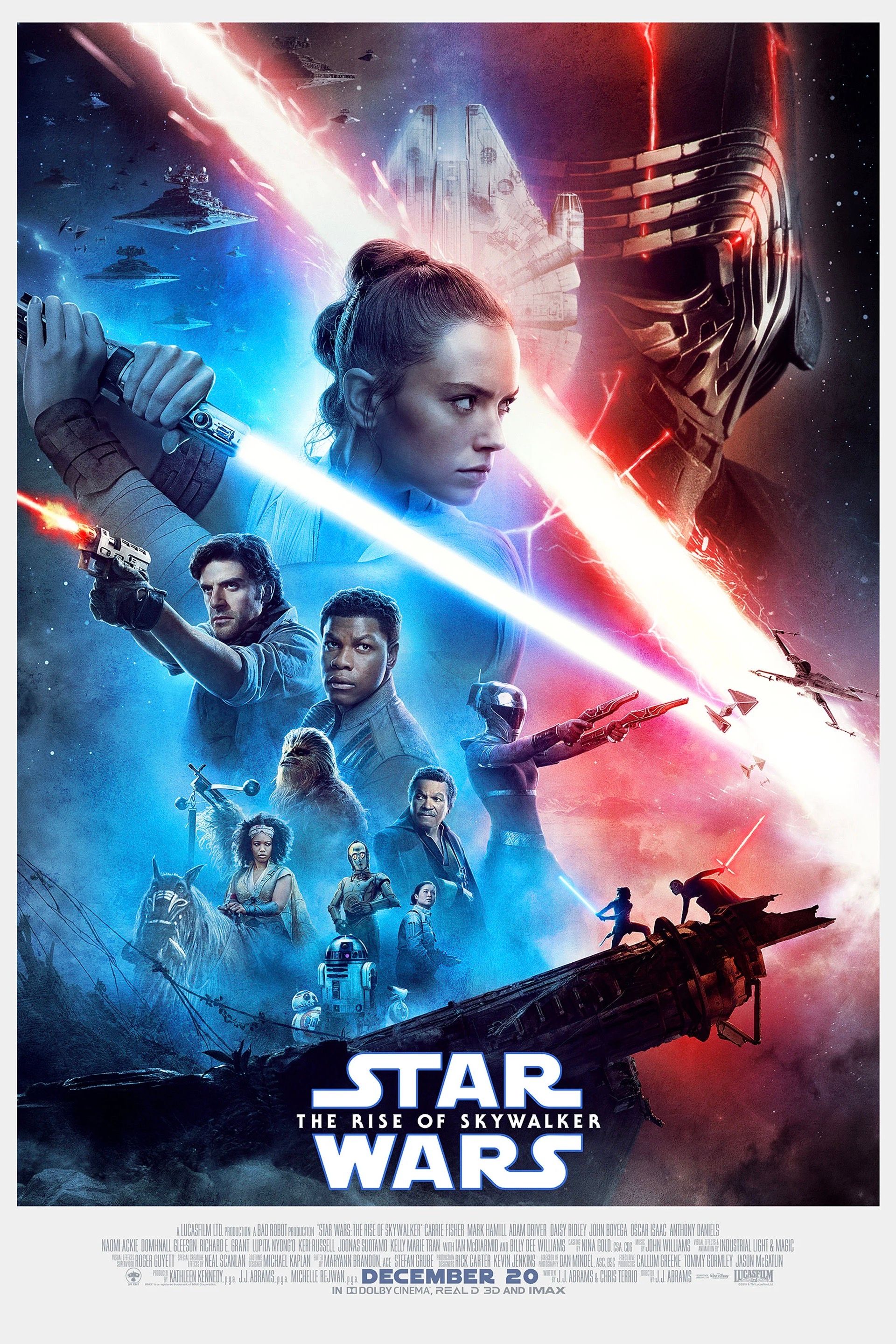The much-maligned Star Wars Episode I: The Phantom Menace may be getting a reprieve after the Disney-era has worked to fix and otherwise improve the movie. George Lucas had been promising the prequels for almost as long as he'd been making Star Wars films. By 1978, he was openly discussing the past of the galaxy he had created, including talking about a fateful duel between Obi-Wan Kenobi and Darth Vader on a lava planet. When he finally decided to make them, in theory, they should have been unforgettable hits.
Unfortunately, although the prequels all performed well in the box office, to Star Wars fans they were seen as the nadir of the franchise. That was particularly the case with The Phantom Menace, which contained so many good ideas - an ancient Jedi prophecy, the return of the Sith, a political crisis in the Old Republic, a slave-boy seeking his freedom, the battle to liberate a planet - but all stitched together quite poorly. Any one of these elements would have made for a good film; together, they didn't quite work, like pieces of four or five different jigsaw puzzles that have all been mashed together. As the years have passed, though, the level of vitriol has faded; in part that's because, however vocal some fans were online, the fact remains that the prequels were a success, and the young viewers who grew up watching them have come of age. But it's also partly because Lucasfilm has been carefully working to rehabilitate the prequels.
Lucas himself began this process, with Star Wars: The Clone Wars drawing together various loose narrative threads and adding new depth to both Attack of the Clones and Revenge of the Sith. When Disney purchased Lucasfilm, though, the process began to accelerate. Tie-ins and spin-offs explored both the Clone Wars and the Dark Times between the trilogies; Darth Vader's "noooooo" moment from Revenge of the Sith became the foundation for an entire comic book run; and new Star Wars films liberally mixed references to the original trilogy with references to the prequels. At first, though, Disney seemed to be leaving The Phantom Menace alone. That's changed over the course of the last year, and now the House of Mouse has worked its magic once again - all thanks to the tie-ins. Let's take a look at all the improvements that have been made recently.
- This Page: Fixing Anakin Skywalker & The Chosen One Prophecy
- Page 2: Fixing The Phantom Menace's Controversial Story Decisions
The Chosen One Prophecy & The Balance of the Force Explained
When Qui-Gon arrived on the planet Tatooine in The Phantom Menace, he was somewhat shaken to encounter a young boy with an unusually high Midichlorian count - and seemed to have actually been born of the Force. Qui-Gon believed Anakin's mother when she claimed the boy hadn't been conceived in the normal way; he concluded that young Anakin Skywalker could be the "Chosen One," destined to bring "balance" to the Force. The prophecy of the Chosen One informed the rest of the prequel trilogy, as well as The Clone Wars, and yet oddly enough it was never properly explained.
Disney has finally put that to rights in Claudia Gray's Master and Apprentice, a book that focuses on the relationship between Qui-Gon Jinn and his apprentice Obi-Wan Kenobi several years before the events of The Phantom Menace. It features Qui-Gon Jinn realizing that the time of prophecy is at hand, and it even includes the text of the Chosen One prophecy. "A Chosen One shall come, born of no father," the prophecy declares, "and through him will ultimate balance in the Force be restored." It's quite incredible that it's taken 20 years for Star Wars to give fans that one sentence.
The idea of "balance", introduced in Epiosde I, had always seemed an odd one, because it suggests that both light and dark have a part to play - and that's hardly a typical Jedi philosophy. Greg Rucka's Guardians of the Whills suggested that the Chosen One prophecies may come from a very different Force sect, though, and even included a quote from a group known as the Ascendants of Mau.
"The moment between breaths
Is the balance of the Force.
Between life and death.
Rest and action.
Serenity and passion.
Hope and despair."
This contradicts both the Jedi and the Sith Codes, suggesting that both the idea of balance and the Chosen One was originally nothing to do with the Jedi; indeed, in Master and Apprentice the key prophecies are written in ancient Alderaanian, suggesting they may even predate the Jedi Order. It's true that, as yet, it's unclear how this definition fits with the idea that the Chosen One will bring "ultimate balance in the Force." Still, for the first time in 20 years, Lucasfilm has started to define some of these mystical terms - hinting that there will be an answer to that question in the end.
Anakin's Mysterious Birth Was (Probably) All Palpatine
Qui-Gon believed that Anakin Skywalker was the Chosen One because he had been born without a father, a strangely Messianic element that sat uncomfortably with the Eastern mysticism of Star Wars. A common fan theory was that Anakin was conceived because of the Sith, with either Darth Plagueis or Darth Sidious manipulating the Midichlorians in Shmi's womb in order to create new life. This was apparently confirmed in the recent Darth Vader #25, in which Darth Vader experienced a series of mysterious Force visions that explored his own history. One of them seemed to show Palpatine creating the Chosen One.
It's important to remember that Force visions can be symbolic rather than actual representations of events. Note that Shmi is shown to be already pregnant in this image, with the Emperor looming over her; it could just as easily represent the fact that Palpatine would manipulate the child she bore, recreating Anakin Skywalker in his own twisted image. This is the most subtle kind of retcon; if a reader is inclined to believe Palpatine created Anakin, they can find evidence of it here, but otherwise the scene can simply be interpreted in a different way.
The Shadow of Darth Vader Is Real
Darth Vader's experience was more than just a series of visions, though; he was manipulating the Force at a powerful nexus of the Dark Side on Mustafar, and as a result his consciousness transcended time and space. In an amusing twist, that meant Vader unintentionally made one of the posters for The Phantom Menace canon. Just as in the poster, the shadow of Darth Vader really did loom over his younger self on Tatooine, and even reached out, terrifying the child.
Page 2 of 2: Fixing The Phantom Menace's Controversial Story Decisions
Obi-Wan & Qui-Gon's Relationship Has Been Massively Improved
The relationship between Liam Neeson's Qui-Gon Jinn and Ewan McGregor's Obi-Wan Kenobi stood at the heart of The Phantom Menace. They seemed an oddly mismatched pair; Qui-Gon was a bit of a rebel within the Jedi Order, more interested in mysticism than the Council, even willing to train young Anakin against the Council's wishes. In contrast, Obi-Wan was a stickler for the rules who found his master bewildering, and acted as a voice of caution. "Don't defy the Council, Master" he advised, "Not again... You could be sitting on the Council by now if you would just follow the Code." Notice that, to Obi-Wan, the idea of being part of the Council was the ultimate honor a Jedi could achieve.
Related: Star Wars Confirms Qui-Gon Would Have Saved Anakin
That relationship has been carefully explored, both in Claudia Gray's Master and Apprentice and a handful of tie-in comics. It turns out the Jedi Council commonly partner Jedi of opposite inclinations with one another. When a Master is a stickler for the rules, they give them a Padawan who is rebellious; when a Master is inclined to go their own way, they give them students who believe in following orders. The idea is that each Master is balanced out by their Padawan, and vice versa. In the case of Qui-Gon and Obi-Wan, the partnership had been a troubled one for years, with Qui-Gon even considering giving his Padawan up to another Master because he believed he'd failed him.
Meanwhile, the comment that Qui-Gon could have been sitting on the Council now has added depth. According to Master and Apprentice Qui-Gon was indeed offered a seat on the Council, granted against Yoda's wishes. He was undermined by his own Padawan when Obi-Wan decided his Master wasn't giving complete reports to the Council and went behind his back.
Padmé's Handmaiden Trickery Has A Purpose
E.K. Johnston's Queen's Shadow focuses upon another aspect of The Phantom Menace; the relationship between Padmé Amidala and her Handmaidens. Set after the events of The Phantom Menace, the book explains how Padmé began her career as a galactic politician when she had left the throne. It turns every one of the Handmaidens into fully-fleshed-out characters, with the most notable being Sabé, the decoy Queen who was played by Keira Knightley. An epilogue reveals that after Padmé's death, Sabé became a key figure in the nascent Rebel Alliance, perhaps explaining why Leia had distorted, half-remembered memories of her mother; Sabé worked with Bail Organa, and presumably visited Alderaan on occasion. Not only does this book improve The Phantom Menace, it also fixes a Star Wars plot hole.
The Battle Against Slavery
Meanwhile, the tie-ins have also added further depth to the issue of slavery in the galaxy. This was one of the most surprising elements of The Phantom Menace, with fans shocked that the Old Republic allowed slavery to continue. According to Master and Apprentice, the Republic ostensibly forbade slavery, but was uncomfortable with pushing its agenda on non-members lest it be seen as aggressive. Qui-Gon Jinn disagreed with this, and considered this policy proof that the Republic was flawed and fragile. In fact, he even had previous experience manipulating events so he could liberate large groups of slaves from corrupt corporations. No wonder he responded with empathy to a young slave boy.
Queen's Shadow continues to develop this theme; it seems the plight of the slaves on Tatooine touched Padmé's heart. When Padmé's time was finished as Queen, she originally planned to return to Tatooine to free the slaves. "I can't bring official political change given the state of most Outer Rim planets," she noted, "but I can use the assets I have to free what people I can, and to find them new homes, if they wish it." Padmé's plans changed when she was asked to become Naboo's Senator, but she still invested significant political capital towards the fight against slavery, and even sent Sabé to Tatooine in an unsuccessful attempt to find and liberate Shmi Skywalker.
-
As noted, a major problem with Star Wars: The Phantom Menace was that it contained too many interesting ideas, stitched together pretty badly. The tie-ins have worked precisely because each one is dedicated to a different, separate part of the drama; most notably Johnston's Queen's Shadow focuses on Padmé Amidala, while Gray's Master and Apprentice on Qui-Gon Jinn and Obi-Wan Kenobi. By strengthening each of the different characters and concepts, Disney has improved the quality of The Phantom Menace itself. It's a remarkable achievement.

